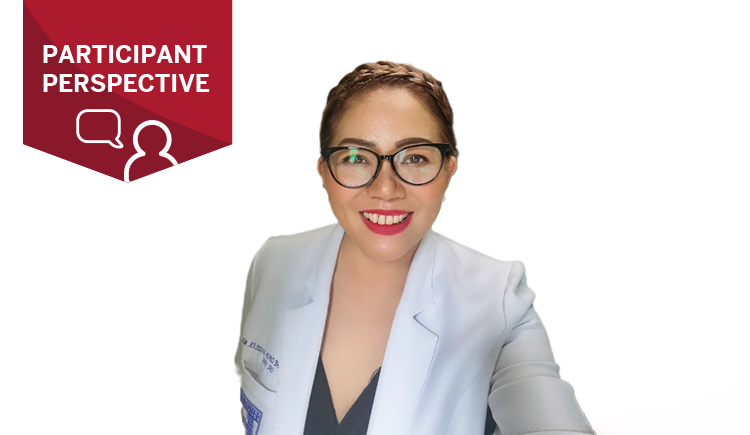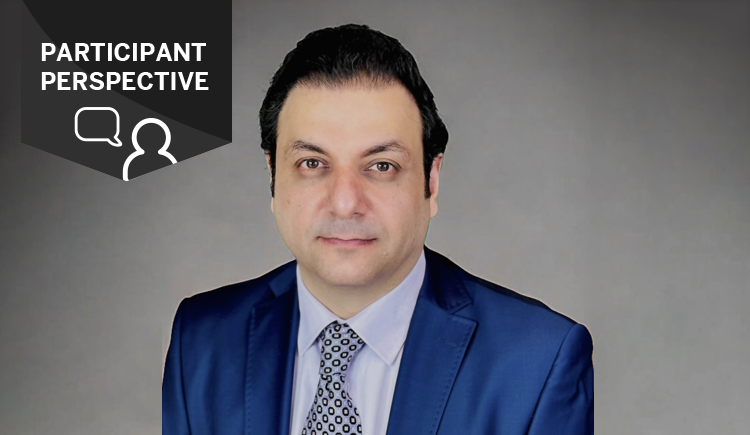
When working with adult learners in the medical education field, there is potentially limitless information. From peer-reviewed studies in medical journals to on-the-ground experiential learning with patients, no educator can impart all the relevant information on a given topic. Thus, adult learning theory does not focus on providing all the information that might be available, particularly when the learner can effectively seek out additional content. Instead, adult learning theory aims to help learners help themselves.
Jeremy B. Richards, MD, assistant professor of medicine at Beth Israel Deaconess Medical Center and program director for the Harvard Medical School program Training to Teach in Medicine, explains it this way, "we as educators simply cannot transfer all the medical and clinical information that’s out there to our learners. That is not physically possible—and trying to do so is not a great use of our time. A phrase that we use to describe what medical education in the U.S. feels like to students is ‘drinking from a firehose,’ which signifies the overwhelming feeling students have with all the knowledge that's coming at them. Instead, we try to avoid directly transferring knowledge to our learners in a unidirectional manner that floods them with information."
Pioneered by adult educator Malcolm Knowles, adult learning theory applies educational techniques to the learners' goals, focusing on their autonomy to help them apply learned knowledge. It aims to help students with the analysis, synthesis, and evaluation skills to process new information—and, ultimately, help learners create new information themselves. This "durable learning" is designed such that learners do not only retain information but can apply it as effectively as possible in disparate situations.
What Is Adult Learning Theory?
At its core, adult learning theory addresses the ways adults learn compared to younger learners and how these differences manifest in how educators should optimally teach these disparate populations. Cognitive psychologic principles that are relevant to adult learning theory include:
- Working memory: the cognitive “space” in which a person can process new information. Adult learners might have less “space” for working memory, especially if they have competing obligations such as family or job commitments while taking on coursework.
- Dissonance: the difference between learners' given understanding of a topic or concept and the actual nature of that concept, resulting in the realization that the learners’ knowledge is incorrect or incomplete. Said differently, dissonance is the phenomenon of learning that something you thought was true is not entirely true. When dissonance occurs, a learner must put in the significant cognitive effort to "correct" their incomplete understanding. Identifying and encouraging dissonance should be a goal for medical educators to help learners understand and address their gaps in knowledge.
- Interference: the concept of one's brain being too "full" of information to adequately process new information, decreasing one's capacity to incorporate information fully. Interference is something that educators should aim to avoid when learners become overwhelmed.
With these principles in mind, medical educators should build upon learners' prior knowledge and experience, make learning as applicable as possible, teach through problem-solving, and involve the learner using active teaching techniques.
How Do Educators Apply Adult Learning Theory?
To assess the specific educational position of the adult learner, medical educators can use a framework called the zone of proximal development (ZPD). The ZPD applies to learners both online and in-person and encompasses three areas:
- Subject matter where a student already knows how to do something, like a medical professional performing a physical exam,
- Subject matter where a student cannot do certain things, like performing aspects of a surgical procedure outside the student’s realm of knowledge, and finally,
- Subject matter where students can do certain things with supervision, such as screening for a particular condition once they know the symptoms. This is the zone of proximal development where a learner may complete a specific task with assistance and guidance but cannot yet do the task independently.
Educators need to determine where the ZPD is for their students. To do this, educators should begin by asking their students questions about proficiency, wait to see if the answer is forthcoming in response to specific questions, then correct if the answer's wrong or reinforce if it is correct and help guide the students if they do not yet know the answer.
Homing in on the ZPD, educators should identify areas where students can learn with assistance and then provide that assistance. The aim is to keep students aroused and engaged without making them feel stressed and burned out, which can happen when the information being taught is not relevant.
As Richards puts it, "we're making the argument that lectures are an inefficient way to transfer knowledge and that engaging active teaching strategies and using key principles of cognitive psychology in medical education are a better way to work with our learners."
How Can Educators Optimize Adult Learning Theory Most Effectively?
There are a variety of ways to ensure these methods are working. To begin, have a clear overriding message that learners can take away from a lecture. This is sometimes called the Single Overriding Communication Objective (SOCO), coined by Jeffrey Drazen, MD. As he puts it, the SOCO is "the tune [learners] will be humming when they leave the room."
Goals and objectives in the learning environment should also be SMARTER (specific, measurable, action-oriented, relevant to the curriculum and learner, time-limited or specific, able to be evaluated if possible and realistic). Goals are the larger learning aims, like recognizing a particular condition. Objectives are the specific, measurable educational directives that help further knowledge to a goal, such as learning assessments to make a diagnosis.
There are also ways to make learning accessible and keep learners more engaged in in-person and online teaching settings. Medical educators can ask questions through a poll or directly to students, thoughtfully and carefully use humor, open the floor to discussion, ask open-ended questions so learners can participate, take a brief break, have students work in groups or workshops, encourage them to stand up and stretch or change the teaching modality through tools like videos or worksheets.
Medical educators have also seen the benefit of the "flipped classroom," where students watch a lecture in their own time and then engage in the information they've learned in the classroom. This protects valuable class time from being wasted and can be spent in the discussion instead.
Thus, when educators use the framework, tools, and implementation of adult learning theory through active teaching strategies, medical education researchers have found that learners are less likely to suffer from failure.
Written by Katherine J. Igoe


